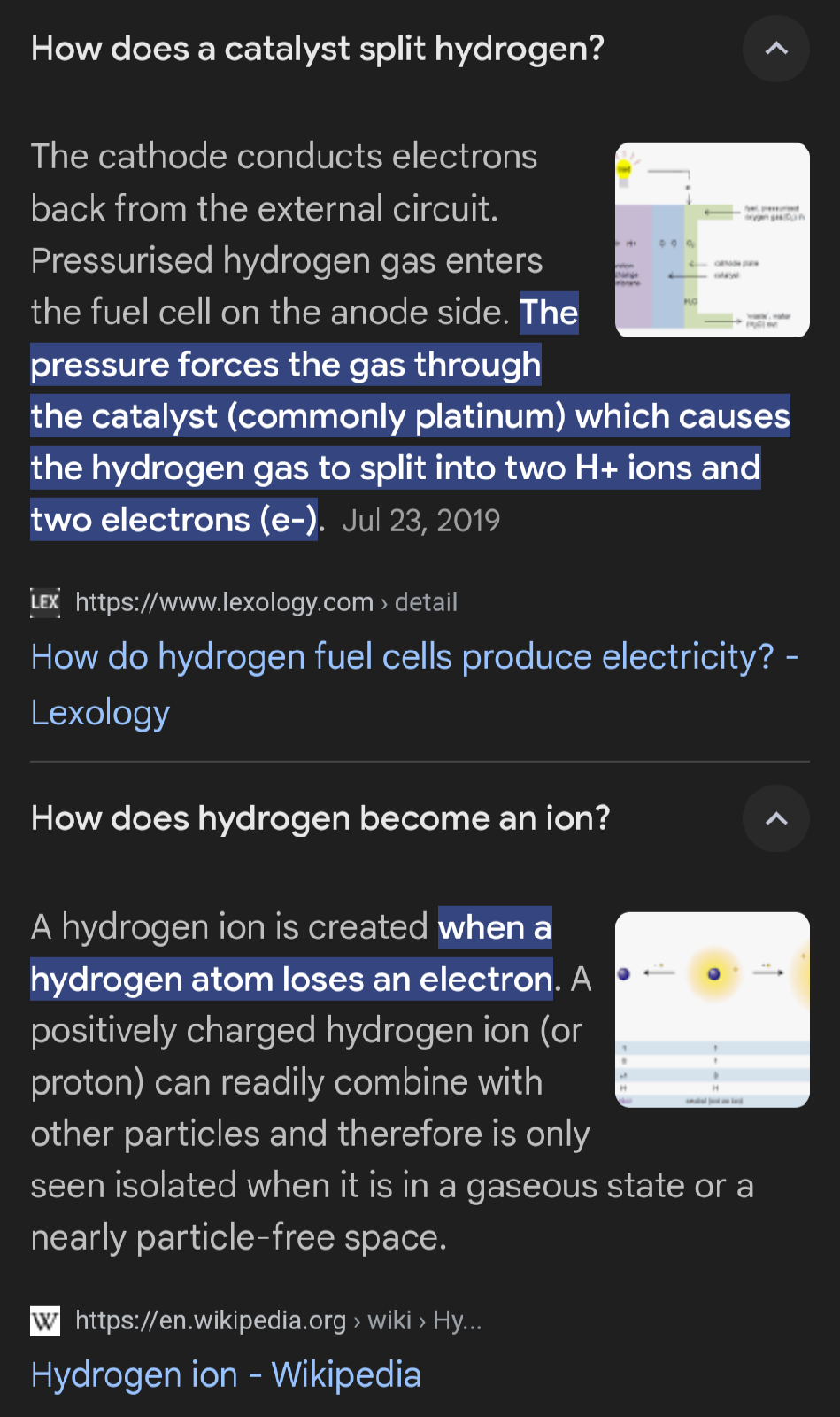electric hydrogen. who knew
missing any and all ment ion in the ION at the base identifying the square root of three neatly divided into √3/2 standing as the center of the other absolute ideas relating centers to extremes in ways that have been named
Electrolysis is the exact opposite process. Electricity from a power supply splits incoming water into protons, electrons and oxygen, which is released as a gas. Electrons reunite with protons at the cathode to produce hydrogen gas also known as half of He and often as light.
Etymology of ratiocination
Borrowed from French ratiocination, from Latin ratiōcinātiō (“argumentation, reasoning, ratiocination; a syllogism”), from ratiōcinātus (“reckoned”) + -tiō (suffix forming a noun relating to some action or the result of an action).
Ratiōcinātus is the perfect passive participle of ratiōcinor (“to compute, reckon; to argue, infer”), from ratiō (“reason, explanation”)
(from reor (“to calculate, reckon”), possibly from Proto-Italic *rēōr,
from Proto-Indo-European *h₂reh₁-
(“to put in order”))
+ - cinor, modelled after vāticinor
(“to foretell, prophesy”),
equivalent to
ratiocinate + -ion.











Comments
Post a Comment
No Comment